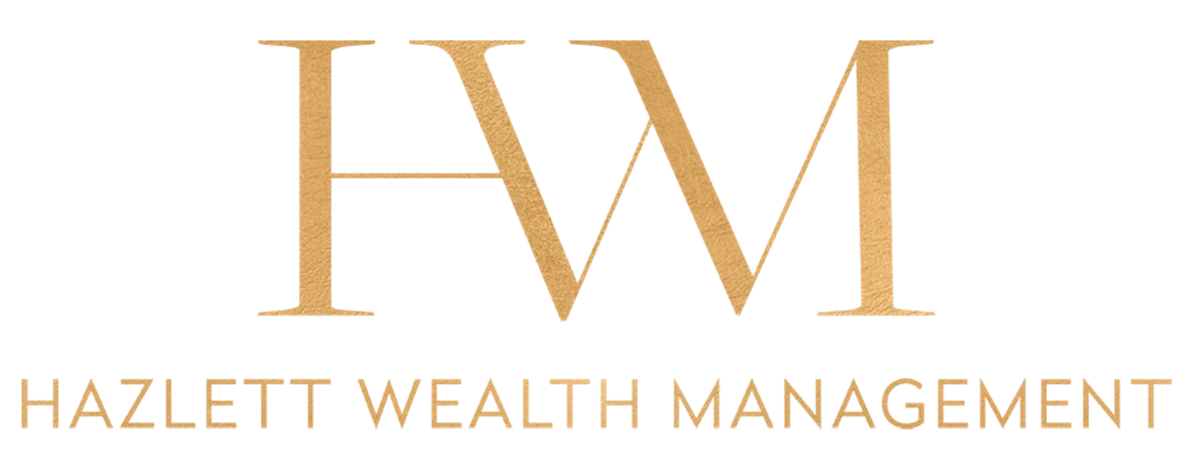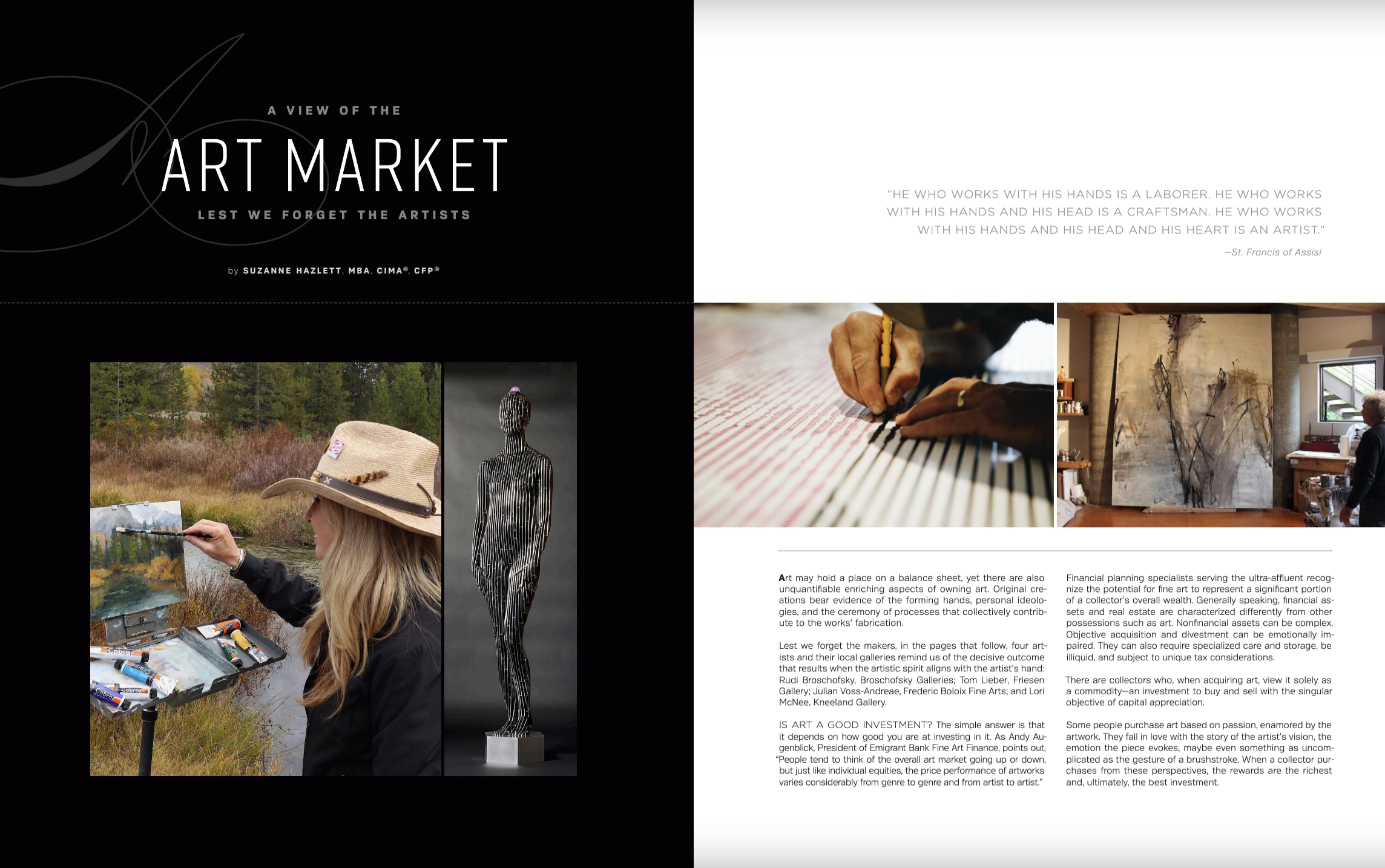A view of the art market: lest we forget the artists
Originally published in Wood River Weekly
Art may hold a place on a balance sheet, yet there are also unquantifiable enriching aspects of owning art. Original creations bear evidence of the forming hands, personal ideologies, and the ceremony of processes that collectively contribute to the works’ fabrication.
Lest we forget the makers, in the pages that follow, four artists and their local galleries remind us of the decisive outcome that results when the artistic spirit aligns with the artist’s hand: Rudi Broschofsky, Broschofsky Galleries; Tom Lieber, Friesen Gallery; Julian Voss-Andreae, Frederic Boloix Fine Arts; and Lori McNee, Kneeland Gallery.
Is art a good investment? The simple answer is that it depends on how good you are at investing in it. As Andy Augenblick, President of Emigrant Bank Fine Art Finance, points out, “People tend to think of the overall art market going up or down, but just like individual equities, the price performance of artworks varies considerably from genre to genre and from artist to artist.”
Financial planning specialists serving the ultra-affluent recognize the potential for fine art to represent a significant portion of a collector’s overall wealth. Generally speaking, financial assets and real estate are characterized differently from other possessions such as art. Nonfinancial assets can be complex. Objective acquisition and divestment can be emotionally impaired. They can also require specialized care and storage, be illiquid, and subject to unique tax considerations.
DISCLOSURE: A View of the Art Market; 2021, 2022 Suzanne Hazlett, MBA, CIMA®, CFP®, is a Certified Investment Management Analyst® and CERTIFIED FINANCIAL PLANNERTM professional. Certified Financial Planner Board of Standards, Inc. (CFP Board) owns the certification marks CFP®, CERTIFIED FINANCIAL PLANNER™, and CFP® (with plaque design) in the United States, which it authorizes use of by individuals who successfully complete CFP Board’s initial and ongoing certification requirements. Nonfinancial assets, such as fine art, are complex and involve risks, including total loss of value. Special risk considerations include natural events, complex tax considerations, and lack of liquidity. Nonfinancial assets are not in the best interest of all investors. Any opinions are those of the author and not necessarily those of Raymond James. This material is being provided for information purposes only and is not a complete description of the securities, markets, or developments referred to, nor is it a recommendation. Raymond James and its advisors do not offer tax or legal advice. You should discuss any tax or legal matters with the appropriate professional. Raymond James is not affiliated with any of the above-mentioned individuals or organizations. Links are being provided for information purposes only. Raymond James is not affiliated with and does not endorse, authorize or sponsor any of the listed websites or their respective sponsors. Raymond James is not responsible for the content of any website or the collection or use of information regarding any website's users and/or members. HAZLETT WEALTH MANAGEMENT, LLC is independent of Raymond James and is not a registered broker/dealer. Investment advisory services are offered through Raymond James Financial Services Advisors, Inc. Securities offered through Raymond James Financial Services, Inc., member FINRA/SIPC. 675 Sun Valley Road, Suite J1 + J2, Ketchum, Idaho, 83340 208.726.0605 HazlettWealthManagement.com

